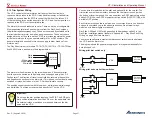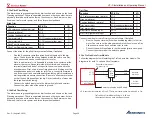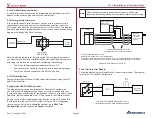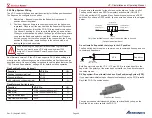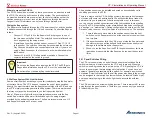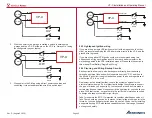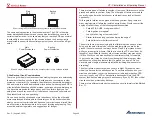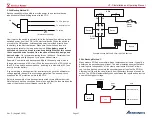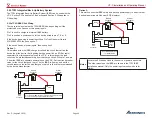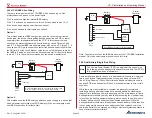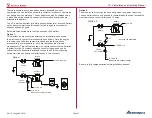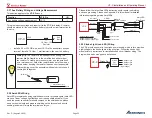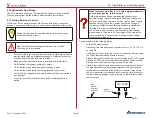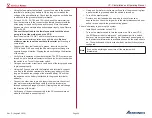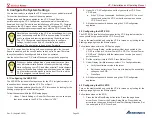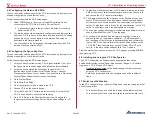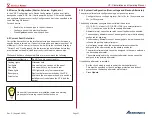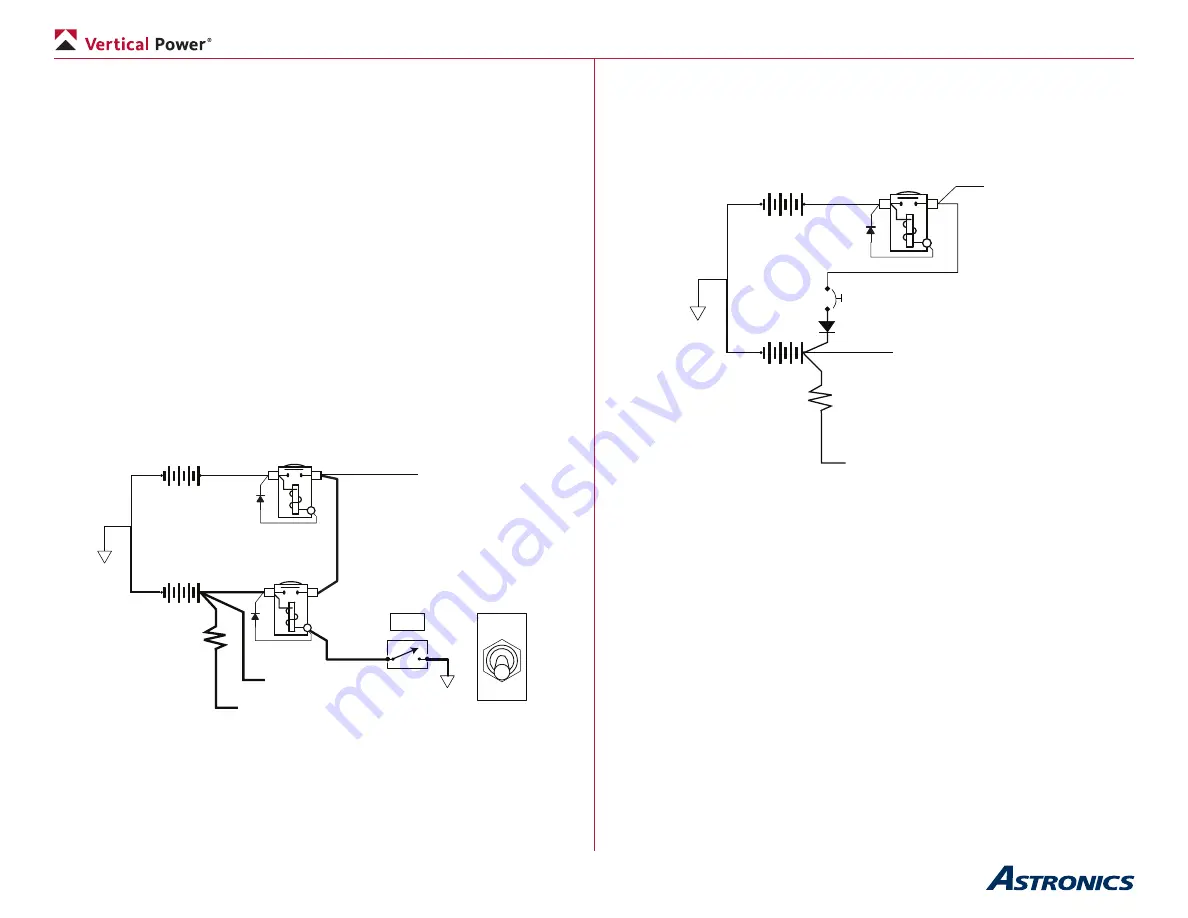
Page 51
VP-X Installation and Operating Manual
Rev. D (August 5, 2020)
There are several ways to wire an aux battery, depending on your
application. You can install an aux battery contactor to connect or isolate the
aux battery from the main bus. The aux battery can also be charged using
a diode (this option should be used only when small switched loads are
attached to the battery).
The VP-X works with either (or both) a backup alternator or a second battery,
so the above is simply food for thought for you to apply to your specific
situation and design goals.
Below are two possible ways to wire a second or AUX battery.
Option 1:
This provides a hard connection between the two batteries and allows
the pilot to easily connect or disconnect the aux battery. Once the engine
is running, the aux battery contactor is closed and the two batteries
are essentially one large battery – both are charged by the alternator
simultaneously. This option also allows the user to connect the two batteries
together for start. Conversely, a backup circuit for the avionics can be
connected to the aux battery and used to keep the EFIS from rebooting
during start (the aux battery contactor is open in this scenario).
4 A
WG
22 A
WG
20 AWG
Battery
Contactor
To VP-X power lug
To J2 pin 12
(measures aux battery voltage)
To LSE, etc.
Main
battery
Aux
battery
1K ohm
1W resistor
Aux Batt
Contactor
AUX BATT
ON-OFF
(SPST)
OFF
ON
AUX BATT
Option 1
Option 2:
The diode is used to charge the aux battery when the master switch is on.
The aux battery should only be used for minimal loads that won’t exceed the
maximum charge current; in this case 10 amps.
* Diode 60V 10A MBR1060G
18 AWG
To VP-X
Option 2
TO LSE, etc.
22 A
WG
Battery
Contactor
To J2 pin 12
(measures aux battery voltage)
Main
battery
Aux
battery
1K ohm
1W resistor
10A
*
Be sure to fully charge batteries before installation and use!

